2013 Heitz Cellar, Cabernet Sauvignon, Napa Valley, California, USA
About this WINE
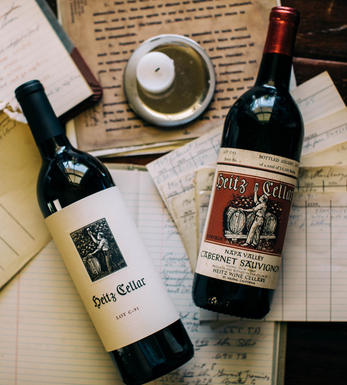
Heitz Cellar
Iconic Napa Valley producer Heitz Cellar is a brand-new addition to the BB&R portfolio, and we are thrilled to be offering it. For several years, we have been quietly working behind the scenes to establish a new partnership with Demeine Estates (owner of Heitz), and we are now excited to announce that we are the sole agency in the UK for Heitz Cellar.
A family-owned estate dating back to 1961, Heitz Cellar is a legendary name throughout Napa Valley and one of the leading pioneers of the region since its creation in the late 1950s by Joe Heitz. The celebrated and much-acclaimed ‘Martha’s Vineyard’ was, in fact, the first vineyard-designated Cabernet Sauvignon to be produced in the valley. Since then, the refined and Bordeaux-esque style of winemaking has become synonymous with the estate as their legacy and notoriety continue to grow globally.
In April 2018, Heitz Cellar entered an exciting new chapter as this rich legacy was passed into the hands of the Lawrence family, whose deep roots in agriculture and commitment to the same core values of fine winemaking made it a perfect match. The wines are made with an unwavering commitment to quality from organically farmed, 100% Napa Valley fruit and a commitment to the sustainability of Napa Valley. The style unquestionably differs from many of the riper, concentrated Cabs produced by some of their neighbours.
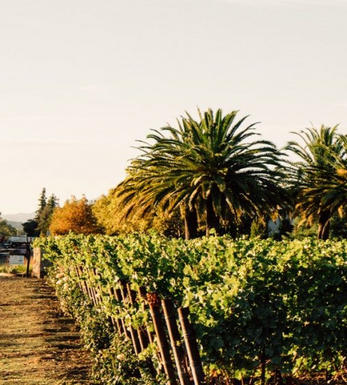
St. Helena
St. Helena is situated in the heart of Napa Valley, in California, approximately midway between the towns of Napa and Calistoga. It is known for its picturesque vineyards and is a central hub within the Napa Valley wine-growing region.
Like much of Napa Valley, St. Helena experiences a Mediterranean climate characterised by warm, dry summers and cool, wet winters. The climate is well-suited for grape cultivation, particularly for Cabernet Sauvignon, the region's flagship varietal.
The soils are diverse, ranging from gravelly and alluvial soils to volcanic and sedimentary deposits. These varied soil types contribute to the complexity and unique characteristics of wines produced in the region.
St. Helena is known for producing high-quality wines, emphasising Cabernet Sauvignon. Other varietals, such as Merlot, Zinfandel, and Chardonnay, are also cultivated in the area. The region is home to several renowned wineries and vineyards that have significantly shaped the reputation of Napa Valley wines. Some notable wineries include Beringer Vineyards, and Heitz Wine Cellars.
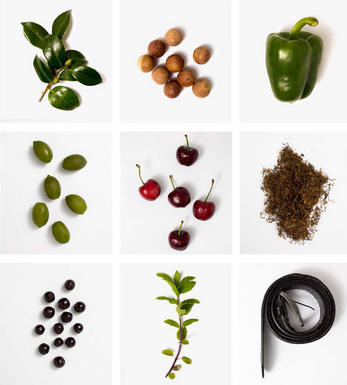
Cabernet Sauvignon Blend
Cabernet Sauvignon lends itself particularly well in blends with Merlot. This is actually the archetypal Bordeaux blend, though in different proportions in the sub-regions and sometimes topped up with Cabernet Franc, Malbec, and Petit Verdot.
In the Médoc and Graves the percentage of Cabernet Sauvignon in the blend can range from 95% (Mouton-Rothschild) to as low as 40%. It is particularly suited to the dry, warm, free- draining, gravel-rich soils and is responsible for the redolent cassis characteristics as well as the depth of colour, tannic structure and pronounced acidity of Médoc wines. However 100% Cabernet Sauvignon wines can be slightly hollow-tasting in the middle palate and Merlot with its generous, fleshy fruit flavours acts as a perfect foil by filling in this cavity.
In St-Emilion and Pomerol, the blends are Merlot dominated as Cabernet Sauvignon can struggle to ripen there - when it is included, it adds structure and body to the wine. Sassicaia is the most famous Bordeaux blend in Italy and has spawned many imitations, whereby the blend is now firmly established in the New World and particularly in California and Australia.


Buying options
Add to wishlist
wine at a glance
Delivery and quality guarantee